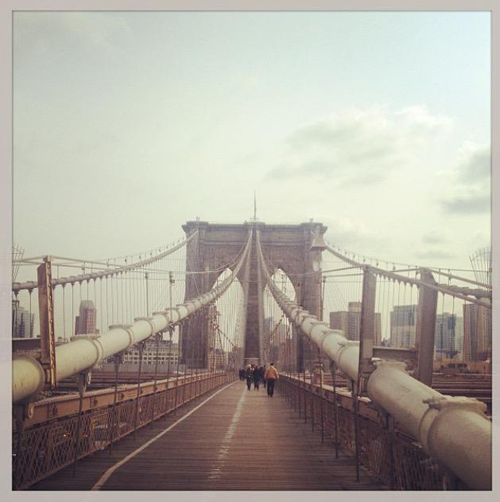RENDER Blog 2 – Life on the Other Side: Interview with a Recent Graduate
Life on the Other Side: Interview with a Recent Graduate
October 31, 2015
By Manon G.

We sat down with Cayllan Cassavia, a recent MA graduate, to talk about graduate school and what life is like on the other side of the diploma. Cayllan graduted last spring with an MA in Art History after also doing her BA in Art History at Carleton University.
We started off with a few easy and fun questions before getting down to what inspires Cayllan and how she feels about post-grad life.
MG: What fuels you?
CC: Coffee. Endless black coffee.
MG: An almost impossible question for an art historian, but if you could pick one museum or gallery anywhere in the world as your favourite, what would it be?
MG: Now let’s limit the selection to Ottawa. What’s your favourite cultural institution right here at home?
CC: I mean, I love the National Gallery of Canada (for obvious reasons), but I would have to say that Axe Néo-7 is my favourite and sometimes overlooked gallery in the region.
MG: Where is your favourite place to write?
CC: Somewhere with a lot of natural light and a lot of espresso.
MG: What is your go-to writing music?
CC: I can only listen to instrumental music while I write, so I like to listen to move soundtracks. My favourites are the soundtrack for The Virgin Suicides by Air and the soundtrack for Mistress America by Dean Wareham & Britta Phillips. And sometimes, if I’m in the mood, I can work with a little jazz in the background–someone like Bill Evans.
MG: Okay, now we’ll get down to the tough questions. What was your biggest fear when you started graduate school?
CC: I was too excited to be afraid! I knew I had something to say and I also knew that I had a lot to learn. I think that had I not known what I wanted my project to be, I would have been worried about making sure I came up with a good project.
MG: What was the biggest influence on your decision to become an art historian?
CC: That’s a good story actually. I was in the second semester of my fourth year in Carleton’s Art History undergraduate program. I was in a class with Ming Tiampo focusing on the Gutai group. Ming had just finished co-curating an exhibition at the Guggenheim with Alexandra Munroe called Gutai: Splendid Playground and part of the class entailed going on a trip to New York to visit the exhibition! We had the chance to see behind the scenes at MOMA and the Guggenheim and to visit various commercial galleries, all of which really piqued my interest in the art world. We also went on a studio visit to Ushio and Noriko Shinohara‘s studios in Brooklyn. Ushio Shinohara performed a boxing painting piece for the class and Noriko Shinohara showed us some drawings. The boxing performance was amazing, but I was really attracted to the drawings. I asked Noriko Shinohara if I could visit her studio again to see more. She agreed and later she showed me more of her drawings and all around the studio. I interviewed her and that’s when I decided that I wanted to go to graduate school. I had found this artist I was passionate about and I was excited to go forward to write about her and her works. So, it was all thanks to Ming!
MG: What a great story. Your research later turned into an exhibition that you co-curated with Guy Bérubé at La Petit Mort! Congratulations on Noriko Shinohara: New York Sighs. Now, what about your best experience in graduate school?
CC: I think that the most important parts of my degree were actually the experiences I had outside of the classroom–including a practicum at the National Gallery of Canada and a cultural internship with the US Embassy.
MG: How did you feel about graduation?
CC: I think I was more afraid of graduating than I was of starting graduate school. I was so excited about my project. When you graduate you don’t have as clear of a path laid out in front of you, so it’s a little bit terrifying.
MG: That being said, what are you doing now in your post-grad life?
CC: I have some curatorial projects on the horizon and I’m currently working at a creative counsel office called Jackpine.
MG: Thanks so much for chatting with Render. We can’t wait to see where your degree takes you!